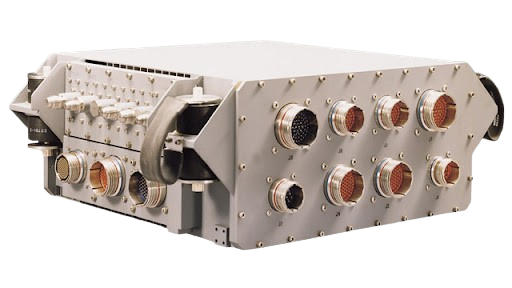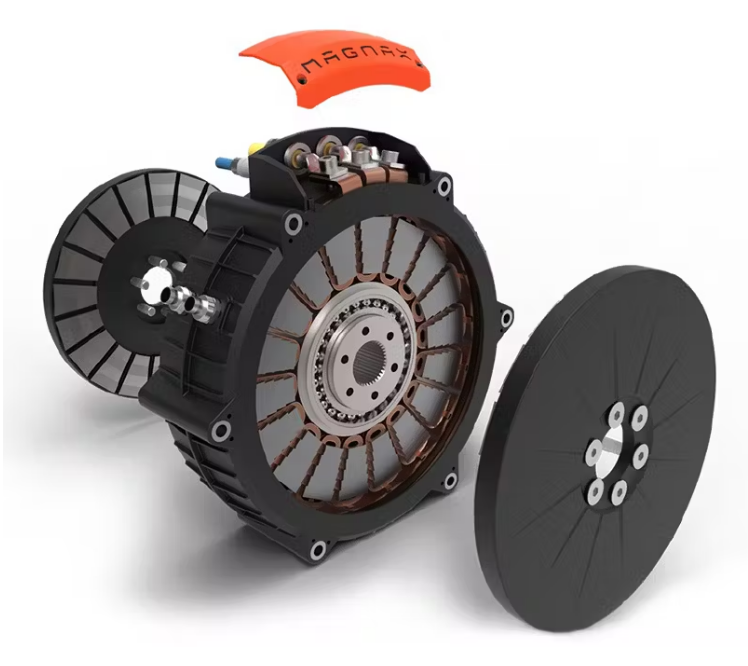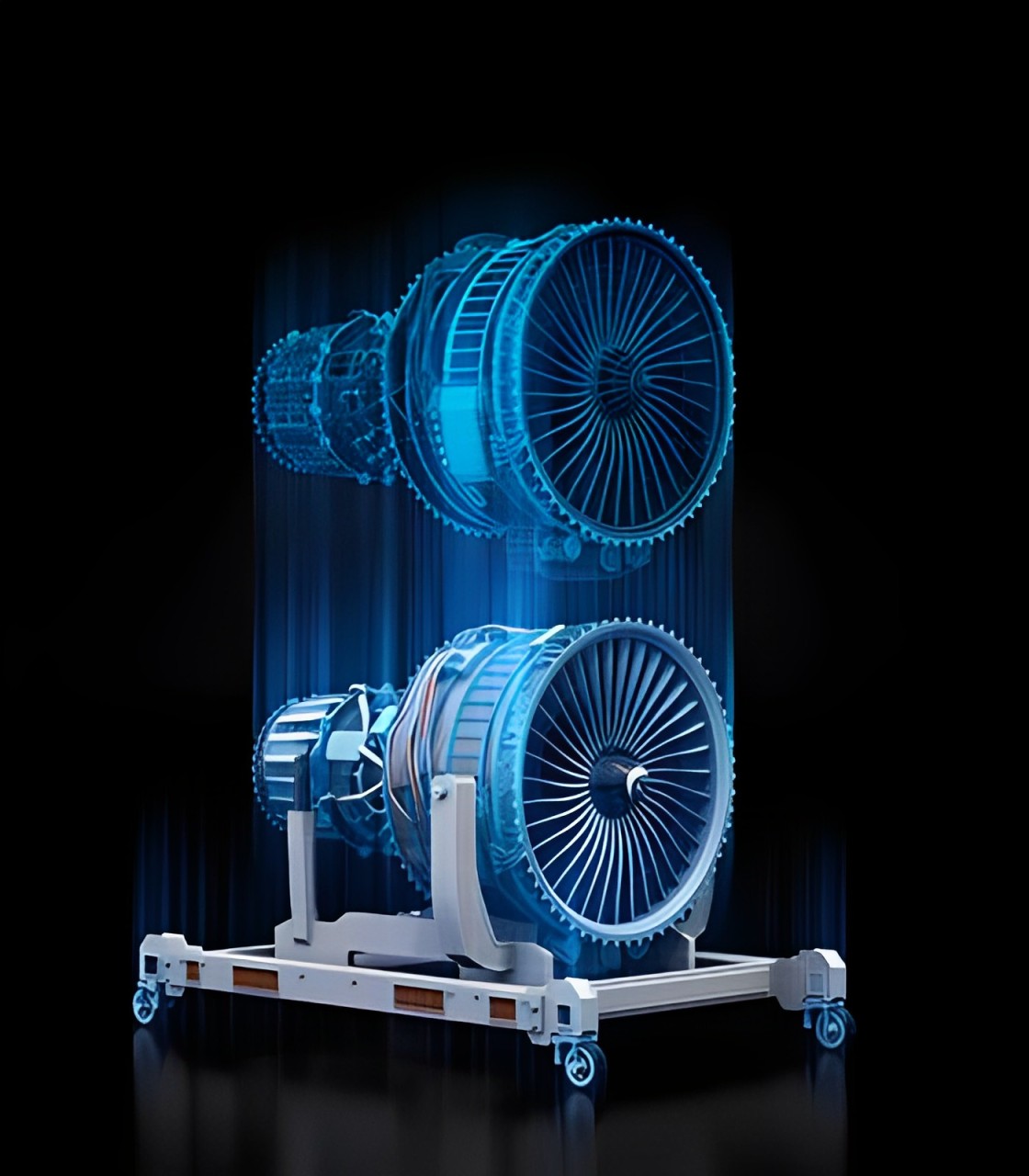Full Authority Digital Engine Control
Full Authority Digital Engine Control (FADEC) is an advanced electronic system used to manage and optimize the operation of modern aircraft engines. It represents a significant evolution from traditional hydro-mechanical engine control systems by providing full digital oversight and automated control over virtually every aspect of engine performance. FADEC systems are now widely used in both turbine and high-performance piston engines, particularly in commercial airliners, business jets, and advanced military platforms.



